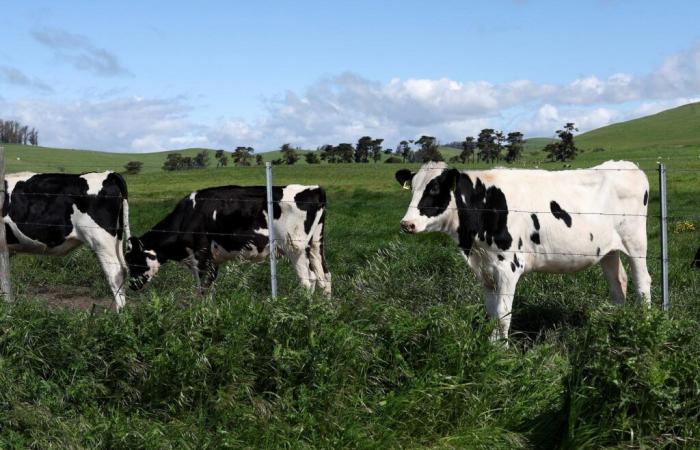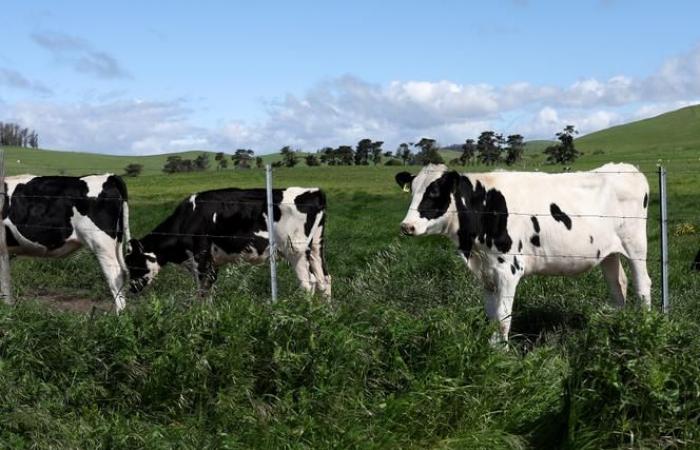After dairy cows, pigs. While the epizootic – that is to say an epidemic among animals – of avian flu which is raging in the United States continues to spread at full speed in cattle and poultry farms, a pig has tested positive to the H5N1 virus on October 29 in Oregon. This is a first in the United States, and an additional warning signal, these animals being known to be particularly favorable breeding grounds for reassortments between viruses, including humans.
This first case was detected in a farmyard, the pig living promiscuously with poultry not intended for sale. This type of contamination is not new and has already been observed in other countries, particularly in Asia, but also in Europe a few years ago. “This event of passage of the influenza virus in pigs is quite expected, but it must be monitored, because there is a real risk of reassortment”explains Gilles Salvat, deputy director general of the National Agency for Food, Environmental and Occupational Health Safety (ANSES). All influenza viruses circulating in pigs are considered to have zoonotic potential, meaning that they can infect humans.
The pigs have in fact, in their respiratory system, receptors which allow the multiplication of viruses adapted to mammals, including humans, as well as that of avian viruses. A simultaneous infection by an influenza virus of avian origin, such as the one currently circulating in American cattle, and the human influenza virus could promote the genetic mixing of these two viruses and result in a new pathogen potentially very contagious for the human being. In 2009, the influenza A (H1N1) epidemic was caused by the reassortment between several viruses of swine, avian and human origin. This risk of co-infection is materializing a little more today, as the seasonal flu period begins.
“We have taken the alert a step further”
“Knowing that there has never been a human epidemic with an influenza virus of subtype H5, the human population does not have immunity and would be totally naive, immunologically speaking, in the face of such a virus,” warns Gilles Salvat, specifying that this would be the “worst case scenario”. Such a situation is not yet the most probable since, concerning the H5 subtype, the pig is not a very effective host.
You have 68.71% of this article left to read. The rest is reserved for subscribers.







